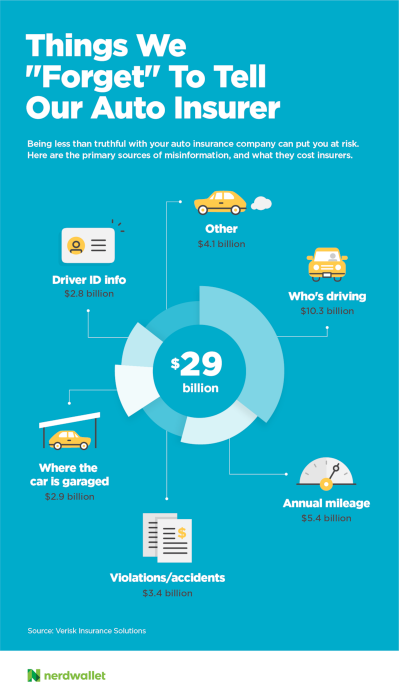Consumers have more access to their credit scores than ever, allowing them to make informed financial decisions. But these scores can be confusing because there’s no guarantee the score a consumer looks at is the same one a lender will use. Experian on Thursday became the latest of the three major credit reporting agencies to be fined for misrepresenting the scores it offered to consumers.
Here’s what consumers need to know about the many credit scores out there, and when and how to use them.
Credit bureaus penalized
The Consumer Financial Protection Bureau fined Experian $3 million, saying the credit bureau:
– Led customers to believe its proprietary PLUS scores were the same ones used by lenders to make decisions, in violation of an agency regulation TransUnion and Equifax, the other two major credit reporting agencies, were fined earlier this year for similar violations, and ordered to issue refunds to consumers as well. In a statement, Experian said it does not believe it violated the law. What to know about credit scores and reports
Consumers have a right to a free copy of their credit reports — a roster of all credit-related activity — from each of the three major credit reporting agencies once every 12 months. They’re easiest to access through annualcreditreport.com. Credit scores, on the other hand, are a number that estimates how likely a consumeris to repay borrowed money. They are calculated from information in credit reports. That’s why consumers should check their free reports periodically for errors that might affecttheirscores. While consumers aren’t granted by law the right to see their credit scores, as they are for credit reports, free scores are available from dozens of sources. However, most free scores are proprietary, as Experian’s were, or they are from VantageScore, the main competitor to the older, better-known FICO score. About 90% of the scores used in credit decisions are FICO scores, FICO says. How to use scores
Free scores are much less likely to be used in lending decisions, but they’re an easy way for consumers to monitor their finances and check progress as they work on improving credit health. Better credit means a better chance of getting loan or credit card approvals, and better interest rates. VantageScore and FICO calculate scores on many ofthe same factors. If a consumer has a high score on one, he or she is likely to have a high score on the other. Here’s what builds good credit scores: – Pay bills on time, every time Keep accounts open; the age of credit accounts can help boost a score
However, before a big financial decision, such as applying for a mortgage or a car loan, it makes sense to get the scores that will be used in the lending decision. That usually means FICO.
National Consumer Law Center staff attorney Chi Chi Wu says many consumers can now get a free FICO score through the FICO Open Access program from participating credit card companies, other lenders or nonprofit credit counselors: “While there is no one credit score, a FICO score from the Open Access program is actually a score that is probably being used by lenders.” Bev O’Shea is a staff writer at NerdWallet, a personal finance website. Email: boshea@nerdwallet.com. Twitter: @BeverlyOShea. The article Cutting Through Credit Score Confusion After Experian Fine originally appeared on NerdWallet.
– Required customers to view ads for Experian before they could see their federally mandated free credit reports, violating the Fair Credit Reporting Act
– Keep balances on credit cards well below credit limits (no more than 30%, and lower is better)
– Apply for credit only when needed
– Have more than one kind of credit (for example, credit cards and loans with defined payments)
–























